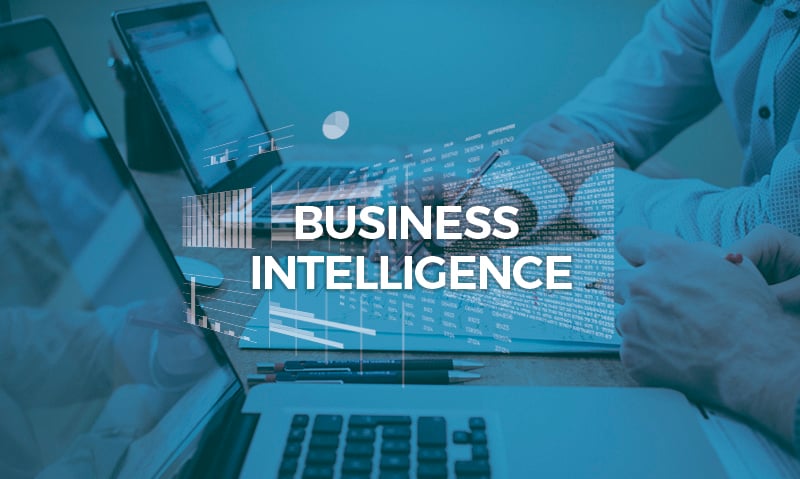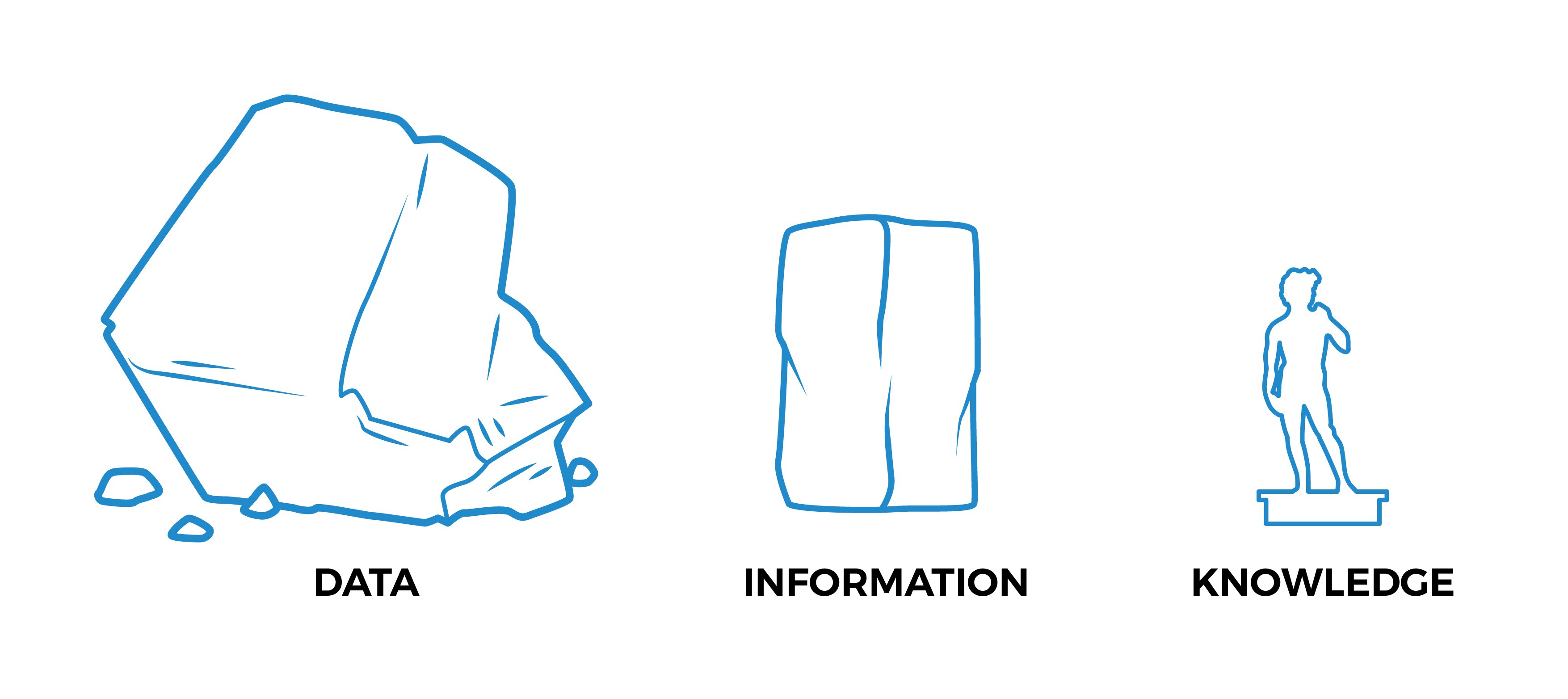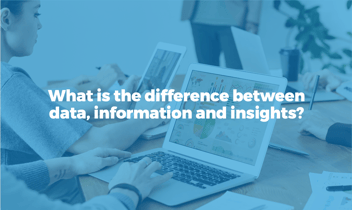Business intelligence is the ability to transform data into information and information into knowledge. We offer some tips to plan a successful project.
Business intelligence plays a fundamental role in the strategic decision making of any company. The term encompasses the set of tools, processes and infrastructures that companies use to identify and analyze business information. It is used for many purposes, such as measuring organizational performance. In addition, business intelligence empowers workers through access to data, allows a better view of customer opinions, identify areas for improvement, among other advantages.
Business intelligence is the ability to transform data into information and information into knowledge. According to Gartner, lack of knowledge is the greatest threat to modern companies, so having a good business intelligence system is paramount.

What is the difference between data, information and knowledge?
Data, information and knowledge are basic terms in business intelligence:
- Data is the minimum semantic unit, primary elements of information that by themselves are irrelevant.
- Information is a set of processed data that has meaning and is therefore useful.
- Knowledge is a mixture of experience, values and information that is used to make decisions. It is usually found in people, processes, norms...

Business intelligence is characterized by showing the past and present state of the organization. It is therefore up to managers to use this knowledge to make strategic decisions.
A business intelligence project can be a complex task that requires a good organization.
To organize our system of Business Intelligence, consequently, we will have to take into account the three elements:
1. Evaluate our data sources, which can be internal or external:
- Accessibility
- Reliability
- Quality
- Integration possibilities
2. Turn them into information:
- Contextualizing: when, how and why they were generated.
- Categorizing: how they can be measured and classified.
- Calculating: processing them if necessary.
- Correcting: eliminating errors, duplicates and inconsistencies.
- Condensing: defining aggregation criteria, summarizing...
3. Define the knowledge we will be able to obtain:
- Comparing the information with another.
- Making predictions, looking for interrelations...
It is a common mistake to focus these projects on defining the tasks of extraction, debugging, analysis and data storage. Before this, it is necessary to consider who is going to use the information and for what purpose.
In any project there are a number of relevant factors that must be taken into account:
- We must focus on the business objective and not on the technology and translate this business objective into concrete objectives for the project.
- Have the support of future users and management: identify what their problems and needs are and let them see how the new system can benefit them. Involve them in the project from the taking of requirements and show them operational results in the short term.
- Keep in mind that environments are changing and so are needs, so we must make flexible approaches that foresee the possibility of changes.
- Information will only be transformed into knowledge if it is understandable, it is necessary to take into account elements of design and usability, to explain the context and the criteria used, to work with a common language...
- We must propose transversal solutions that are really used by employees. For this we will take into account, in addition to what is reflected in the previous point, offering ease of use, such as mobile devices, and training on handling and subsequent support.
- To offer BI self-service options so that users with additional needs or interests can carry out their own analysis autonomously.
- Define a good communication system, but also data protection by correctly assigning roles and permissions.
- Use an agile implementation methodology that offers short-term results that can be validated by users.
- Define a change management process so that users adapt to the new mechanisms and adopt the new way of working.
- Offer not only analysis of historical data but also predictives and simulations.
Anna Farrés | Presales Manager


